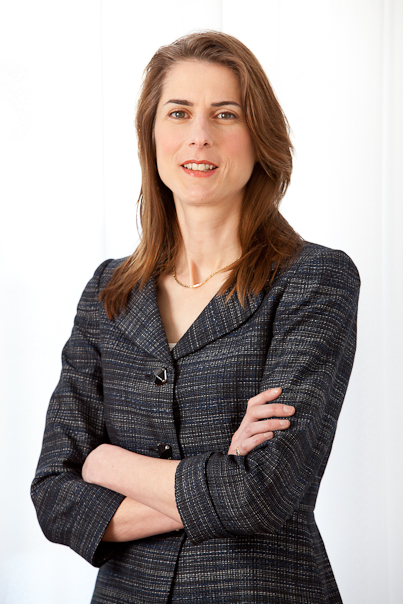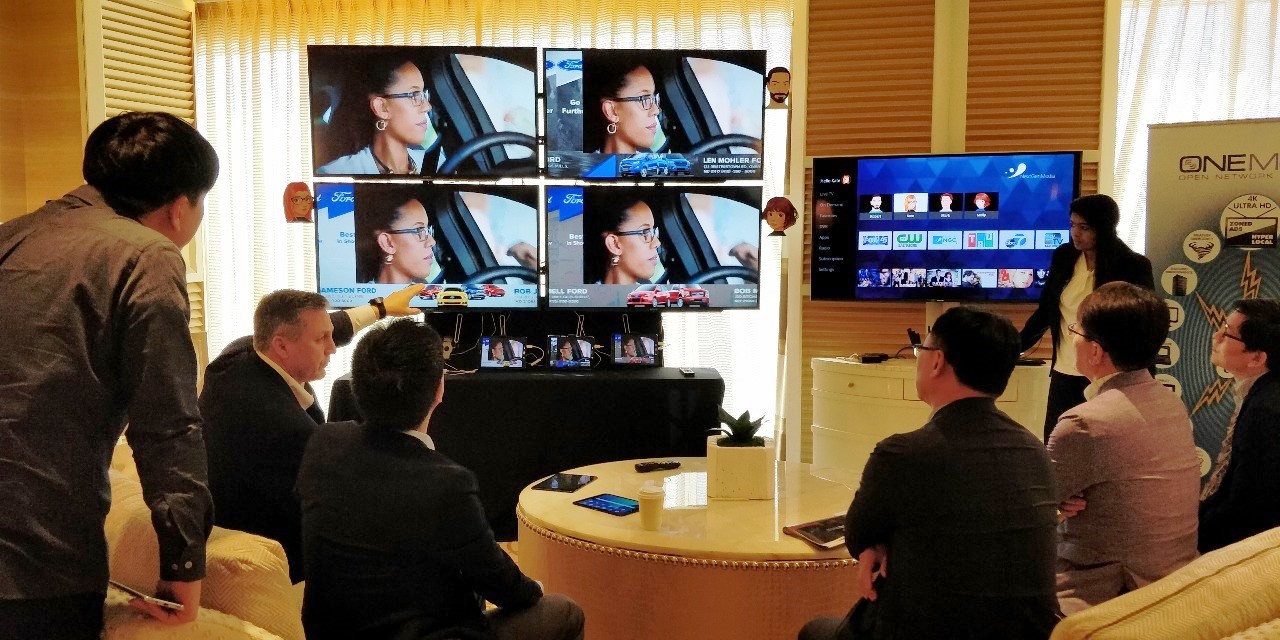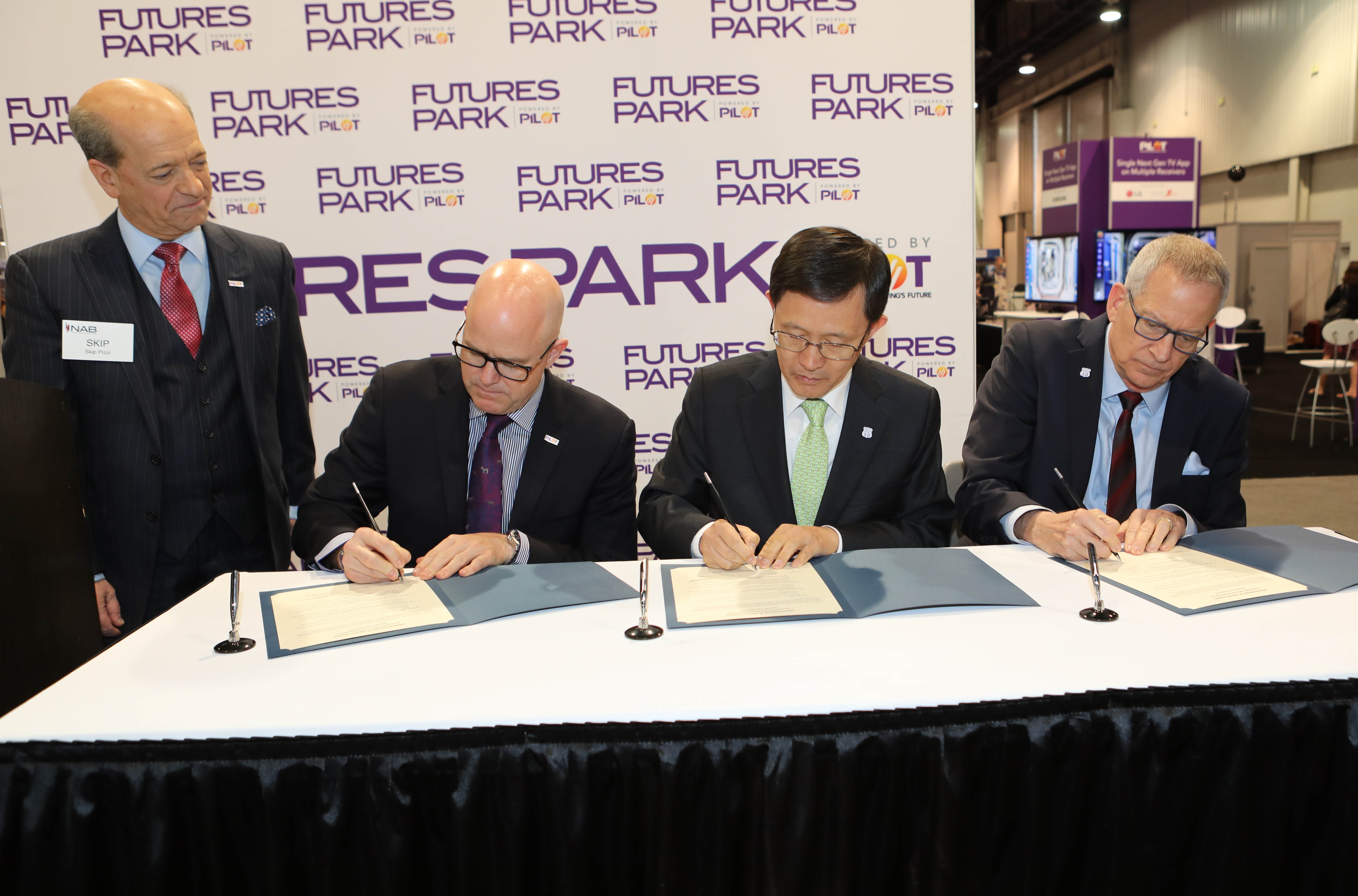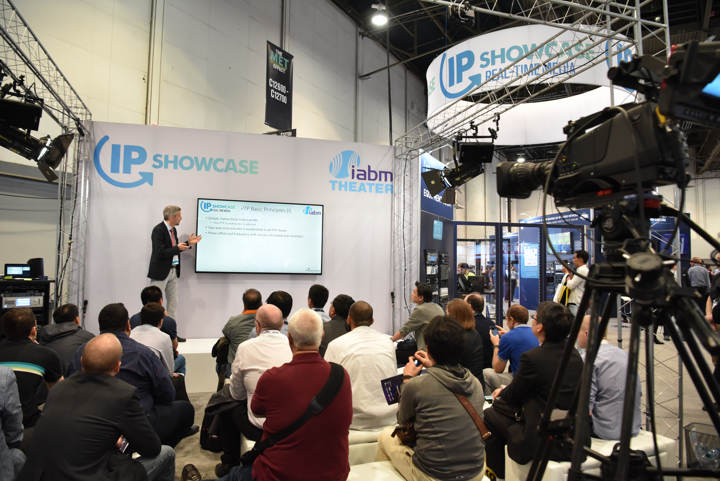NAB Show Celebrates Next Gen TV
LAS VEGAS—Next-Gen television rose to the forefront as both subject and object of the 2018 NAB Show, April 9–12. No matter where one turned, there were constant reminders of the ascendency of ultra high-definition, extended color gamuts, high dynamic range, and immersive audio, along with their enabler, the newly-minted ATSC 3.0 digital television transmission standard. Beginning in the Central Hall concourse of the Las Vegas Convention Center and extending into the exhibit halls and beyond, there were constant reminders of what lies ahead in terms of a greatly enhanced television experience. Technical experts laid bare the inner workings of ATSC 3.0 in all-day Saturday and Sunday sessions, as other presenters explained how to best make use of the standard, as well as how to profit from it.
ATSC 3.0 SPREADS ITS WINGS
“The momentum for ATSC 3.0 is evident with the interest we received from broadcasters throughout the world during the NAB Show,” said ATSC president Mark Richer, in reflecting on the rollout of the new standard during the event. “There was high interest in the potential for television transmitted to moving vehicles like the autonomous shuttle that was in our exhibit, and for the potential for next-generation television to reshape how broadcasters relate to their audience. People are carefully watching the deployments, with an eye on taking advantage of various new services made possible by ATSC 3.0 such as hybrid broadcast broadband applications, targeted advertising, and mobile reception.”

That mobile reception aspect of ATSC 3.0 was graphically demonstrated via a receiving installation in a small driverless “bus” that maneuvered in the open area outside Central Hall during exhibit hours. In addition to the completely hands-off driving experience, passengers witnessed rock-steady video despite vehicle motion, signal shadowing from buildings, and multiple reflections from surrounding structures.
Incoming ATSC Technology Group chair, Madeleine Noland, also expressed her satisfaction with the “buy-in” for the new TV standard at the show.

“I am amazed by the progress of next-gen TV from year to year, and momentum showed no signs of slowing at NAB 2018,” said Noland. “This year showed a clear shift from demos to deployments. The ‘Road to ATSC 3.0’ exhibit highlighted deployments across the U.S. and South Korea, and the Saturday IEEE BTS panel discussion offered an in-depth look at three field deployments projects, along with info on Advanced Emergency Alerting. As incoming ATSC TG chair, I’m excited about the year ahead and can’t wait to see what NAB 2019 will bring.”
UHD/HDR/ECG/HFR ALSO IN THE LIMELIGHT
The professional video industry's #1 source for news, trends and product and tech information. Sign up below.
Noland, who’s also with LGE Electronics’ office of the CTO, was one of 15 presenters at the day-long Saturday “Global UHD Conference” that explored topics including use of higher frame rates, advanced television rollout regulatory issues, and compression technologies for accommodating greater line counts, extended color gamuts, increased dynamic range and other components in UHD signals. The presenters included a Korean contingent that addressed the deployment of advanced TV in their country, and “lessons learned” in that rollout.
The accomplishments of the Koreans were acknowledged by NAB president and CEO, Gordon Smith, in his closing remarks at the Global UHD Conference.
“I want to congratulate Korea’s broadcasters, who, using the occasion of the Winter Olympics, were able to make this transition [to ATSC 3.0] in a way such that anyone could experience the dramatic difference made by this new technology,” said Smith. “The Olympics gave the Korean broadcasters an opportunity to shine, and they truly did. And they brought that great event to audiences all over for everybody to enjoy and get a glimpse of the future. U.S. broadcasters look forward to [soon] joining you in rolling out next-gen TV commercially.”
Examples of ATSC 3.0 technology were liberally scattered across the convention center’s exhibit halls, ranging from ATSC 3.0-capable transmitters, to consumer products including set-top boxes to allow older TVs to work with the new signals, “dongles” for converting tablets into ATSC 3.0 receivers, and even a master antenna television (MATV) unit for distributing 3.0 signals throughout an apartment building or hotel.
In addition to its ATSC 3.0-ready TV transmitter line, Hitachi-Comark also featured a complete “end-to-end” 3.0 demo.
“Visitors were able to see a “glass-to-glass” (camera-to-TV) ATSC 3.0 demo showing 1080p60 HDR along with up to 12 SD programs in a single 6 MHz RF channel,” said Joe Turbolski, marketing chief for the Southwick, Mass.-based company. “They expressed a keen interest in our transmitters for repack [as well as] ATSC 3.0.”
Turbolski added that Comark Digital Services (CDS) had recently been relaunched to assist broadcasters’ migration from ATSC 1.0 to 3.0.
AD TARGETING COMES OF AGE
ATSC 3.0 even extended to an upper floor of Las Vegas’s Wynn Hotel where the standard’s targeted advertising capabilities were demonstrated. Kevin Gage, executive vice president of strategic development at ONE Media, participated in the demos and said response was “overwhelmingly positive.”

“We hosted a broad range of global industry members in our suite,” he said. “Along with our partner SK Telecom, we demonstrated how MMT [MPEG Media Transport] enables broadcasters to provide client-side targeted dynamic ad insertion and geotargeted graphical overlays.”
The show also served as the backdrop for the Monday afternoon signing of a memorandum of understanding addressing the emergency alerting capabilities that ATSC 3.0 brings to the table. Representatives from AWARN (Advanced Warning and Response Network) Alliance, the NAB, and Korea’s RAPA (Korea Radio Promotion Association) agreed to “actively promote next-generation television using the ATSC 3.0 standard,” giving special emphasis to its emergency alerting capabilities.

IP CONTINUES TO MAKE INROADS
Although Next Gen TV got the lion’s share of attention, there were plenty of reminders of other churn and evolution going on within broadcasting, including the increasing movement to the cloud, virtualization, and most assuredly, the transition to IP connectivity. Many equipment manufacturers featured IP-enabled technology, and the industry-sponsored IP Showcase returned for its second NAB appearance and first since the SMPTE 2110 video transport over IP standard was approved last fall.

“The interest in real-time IP conductivity changed since last the NAB when the IP Showcase’s focus was interoperability,” said Stan Moote, IABM CTO. “This year’s hands-on demos, complete with a SMPTE ST 2110 studio producing videos and live streaming of the presentations at the IP Showcase IABM Theater, drew crowds. The ‘standing-room-only’ theater sessions [included] IP use cases and deep dives into the specifics of existing IP facilities, configurations and standards specifics.”
THE CLOUD GROWS
Companies that in the past have not been directly associated with broadcasting such as Amazon, Microsoft, and Verizon were at the show, with larger booths and increased staffing to accommodate interest in their wares.
Mary Kay Evans, chief marketing officer at Verizon Digital Media Services, spoke about her company’s offerings, noting the increased level of interest in live streaming and other new content delivery modalities.
“We debuted our Live Event Operations managed service which allows broadcasters to quickly ramp up operations capacity to optimize live event streaming,” she said. “It was perfect timing, as monetizing and scaling live event streams were big concerns for many of the visitors who stopped by our booth.”
Amazon Web Services (AWS) chief product officer Asiam Khader also noted an uptick in interest in what his company is offering.
“Cloud migration is definitely accelerating,” said Khader. Increased agility and innovation, along with lower costs, are the drivers.”
He observed that another tool offered by Amazon is gaining traction. “We also are seeing more providers building intelligent video workflows with AWS machine learning services to improve engagement.”
No matter where you looked, it was evident at this year’s NAB Show that a paradigm shift was underway in the way both broadcasting and content production are done. The 2018 event seems destined to be remembered as the one where next-generation television arrived in full force and reminders of ATSC 3.0 extended throughout the entire show.
The 2018 NAB Show featured exhibits from 1,718 companies that occupied more than one million square feet of floor space. Approximately 93,000 attended, a 10 percent drop from 2017. Of those, 25,550 were international.
The 2019 NAB Show is scheduled for April 6-11 in Las Vegas.
For a comprehensive list of TV Technology’s ATSC 3.0 coverage, see our ATSC3 silo.
James E. O’Neal has more than 50 years of experience in the broadcast arena, serving for nearly 37 years as a television broadcast engineer and, following his retirement from that field in 2005, moving into journalism as technology editor for TV Technology for almost the next decade. He continues to provide content for this publication, as well as sister publication Radio World, and others. He authored the chapter on HF shortwave radio for the 11th Edition of the NAB Engineering Handbook, and serves as contributing editor of the IEEE’s Broadcast Technology publication, and as associate editor of the SMPTE Motion Imaging Journal. He is a SMPTE Life Fellow, and a member of the SBE and Life Senior Member of the IEEE.

